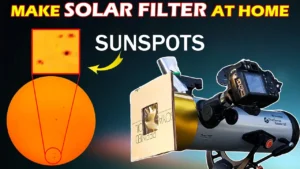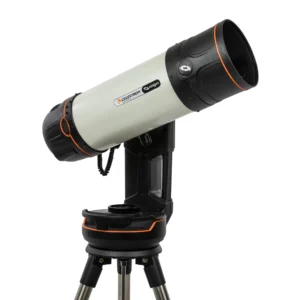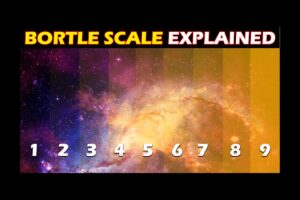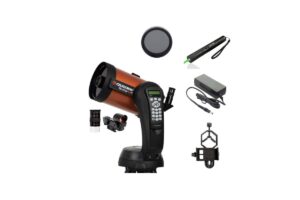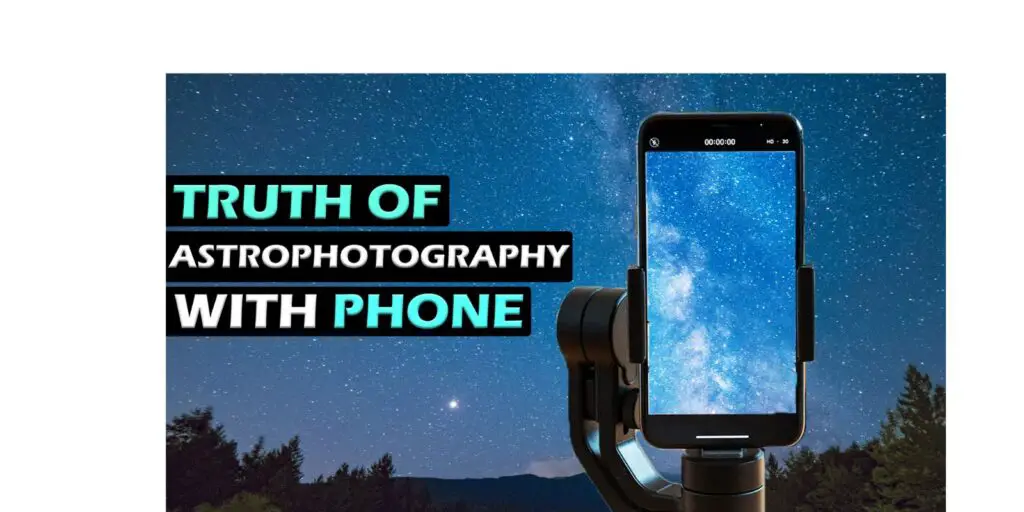
Nowadays smartphones come with so many features that we can’t even imagine things a phone could do a few years ago. One such feature in smartphones is Astrophotography. Smartphones are getting better at taking low-light photos. Being a reader of this website you already know that, if you collect more light the image you will see is much brighter and sharper. Especially in low light, you need your camera sensor and lens to collect as much light as possible to get better photos.
Though Smartphones have very small sensors and lenses that are not really able to collect lots of light. But many smartphones nowadays are good at taking low-light photos. Usually, with a small sensor, you capture a lot of noise in the photo in low light conditions. To reduce this noise you have to stack multiple similar images to get the depth and sharpness. This is one of the things Astro-photographers do in post-processing to get that sharpness and depth in the photo. Smartphones do the exact same thing with image processing and Artificial intelligence.
That’s why when you take a photo with any phone with an astrophotography feature it will take 3-4 minutes to capture the image, process it, and show you the final result. Overall nowadays smartphones give you quite decent astrophotography photos. All you need is a tripod to hold your phone stand still. If you want long-exposure photos, then you will also need a tracker. So that you won’t get any star trails.
Let’s see three phones with astrophotography features.
Samsung S22 ultra.
This phone has a 108-megapixel camera resolution. The focal ratio of this camera sensor is 1.8. If you have watched this video then you know that a lower focal ratio means it will try to collect maximum light in very less time. It has an 85-degree field of view with a normal lens. When you use an ultra-wide lens it will give you a field of view of 120 degrees.
The single pixel width of the photo taken by this camera is 0.8 microns. A lower pixel size means that the images it creates will be of high resolution and much sharper.
To go to the astrophotography mode you have to take the images in the night mode of this phone.
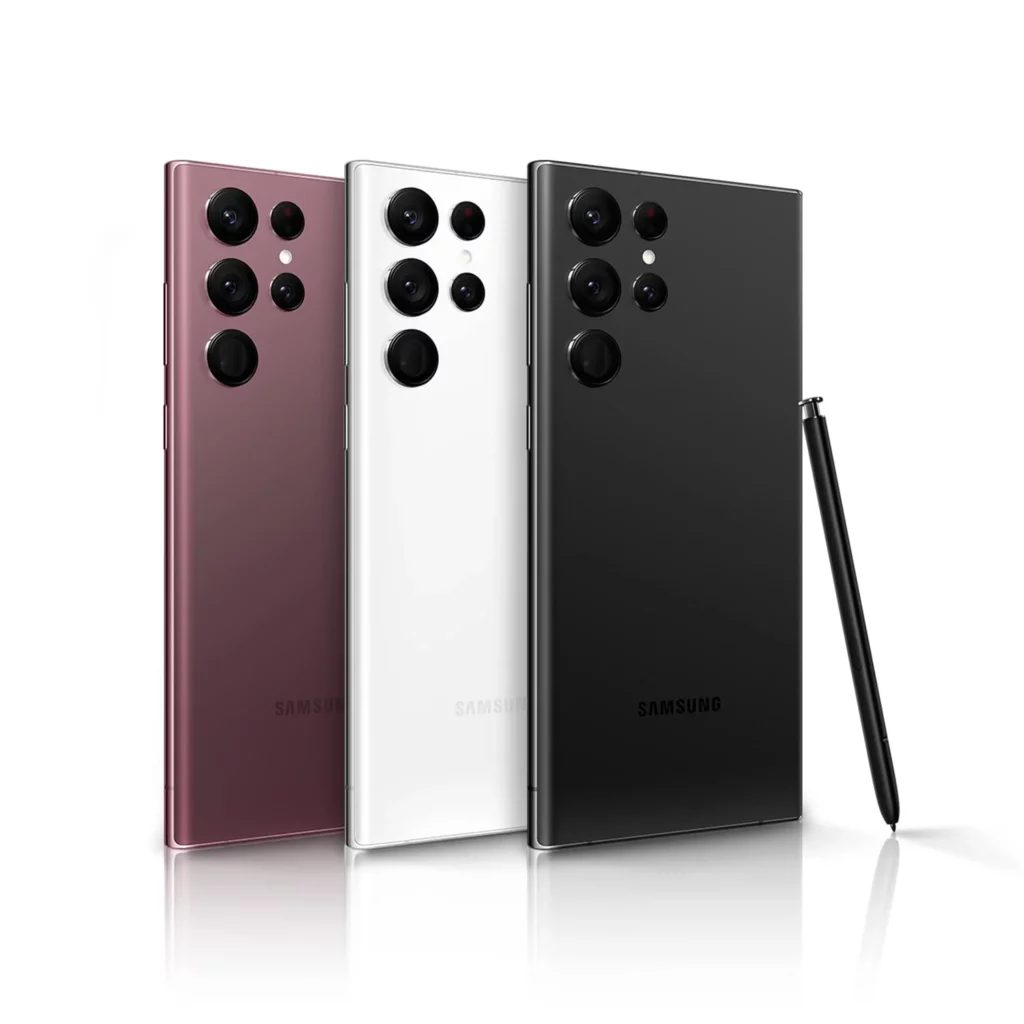
iPhone 13
The iPhone 13 does not have a dedicated astrophotography mode. But it has a night mode which works for astrophotography.
The iPhone has a much lesser camera resolution than the S22 ultra. It has a 12-megapixel camera sensor. The normal field of view for an iPhone13 is 69 degrees with ultra-wide it will give you a 120-degree field of view. Its focal ratio is 1.5. The pixel size you get with an iPhone is 1.69 microns.
In the previous model of the iPhone, it used to take 10 images of 3 seconds of exposures and then used to stack them together. The new iPhone 13 takes multiple images of 10-seconds exposure and then stacks them to give you the final image. As more exposure collects more light, apple’s AI will do the job of stitching the images together and improving the brightness of that image.
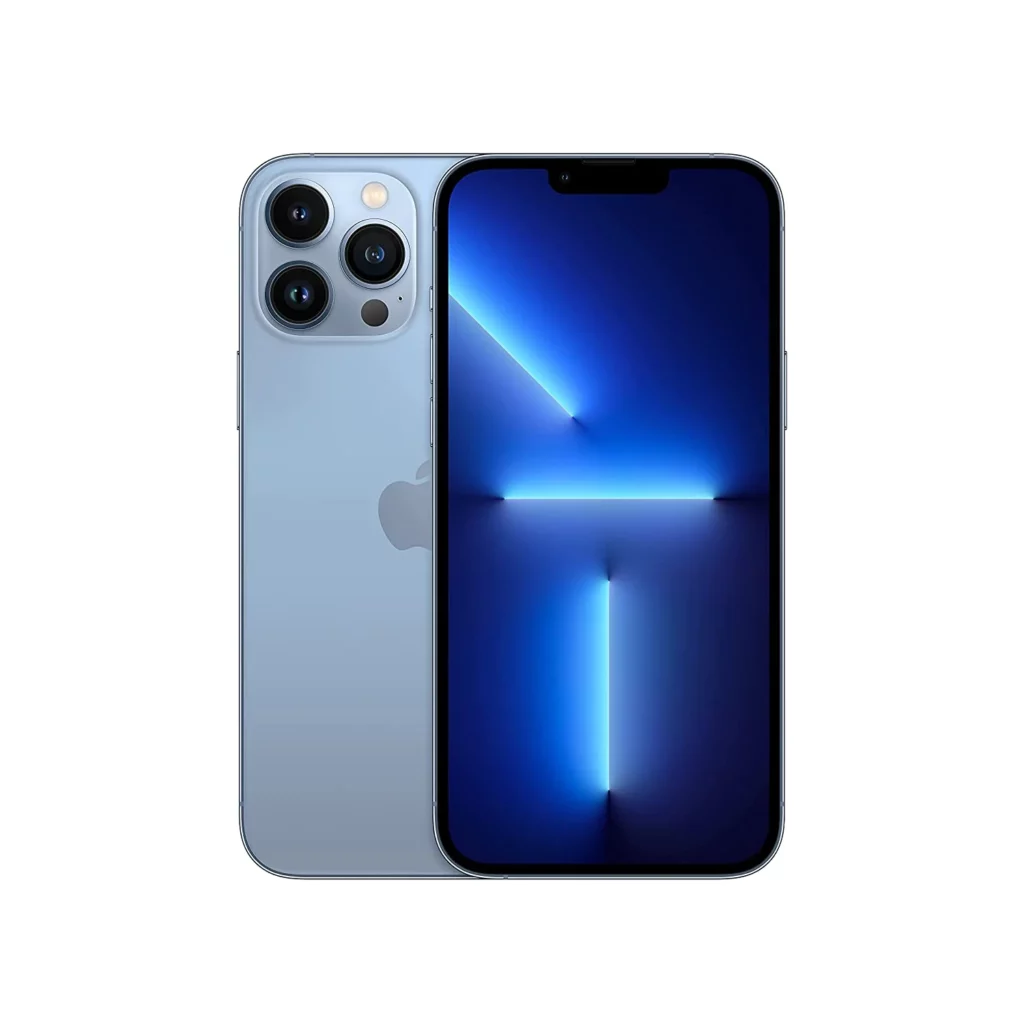
Google Pixel 6 Pro.
Since Google introduced this series. Pixel phones are known for their photography. When Google added the astrophotography option in the pixel series, Pixel phones are considered one of the best for astrophotography. Here are some of the photos taken by the pixel 4a device. Pixel 4a had only a 12-megapixel sensor. Pixel 4a has launched 3 years ago. Now they have the new upgraded version of Pixel 6 pro.
The Pixel 6 pro has a 50-megapixel sensor. Its focal ratio is 1.85. And the field of view you get the 82-degree field of view in normal mode and when you use the ultra-wide mode you get 114 degrees of field of view. The pixel width you get with this phone is 1.2 microns. The Google 6 Pro model has a built-in telephoto lens. This gives you a better chance for moon photography without adding any extra telephoto lens.
When a Pixel 6 goes into astrophotography mode, it takes multiple images within 16-seconds of exposure. After taking these images the phone stacks them onto each other and processes the final image with less noise and much-added clarity. Overall the Pixel 6 Pro does collect a little extra light on each exposure. So definitely, the images will be better with pixel 6 pros.
Unlike the other two phones mentioned before, if you point your pixel phone to the sky and hold it still the phone camera will automatically go into astrophotography mode.
If you take 200-300 photos and stack them together you will be amazed looking at the final result. It will be much brighter and sharper.
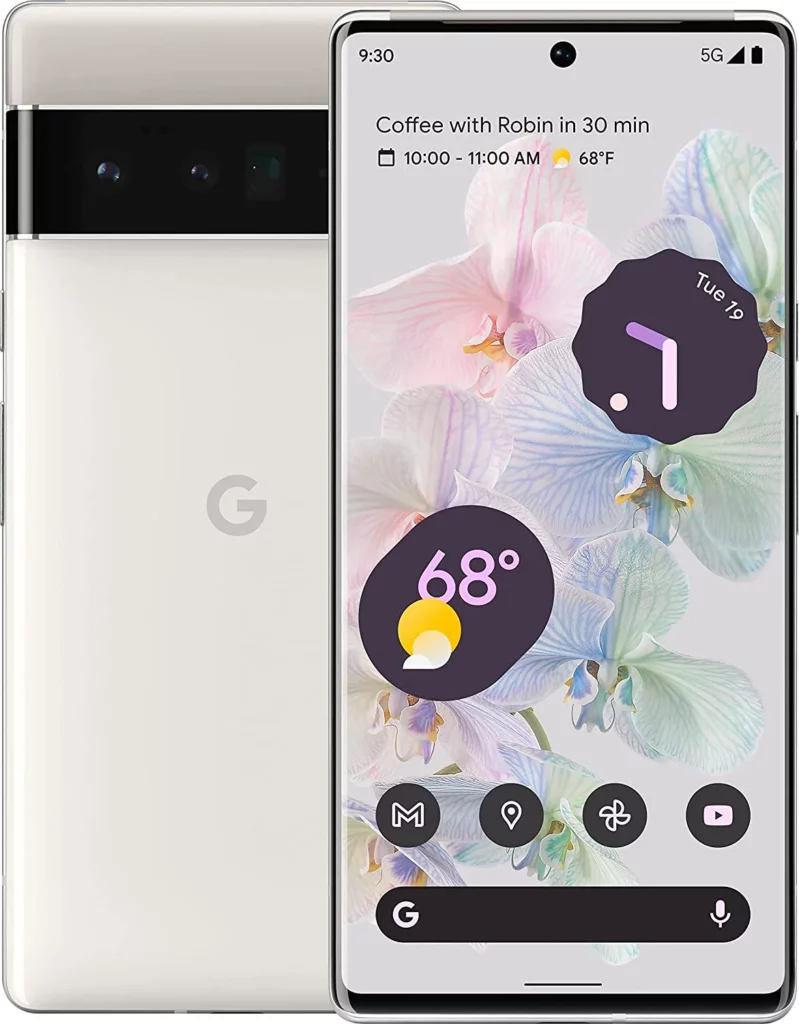
Future of Phone Astrophotography
So, will traditional professional astrophotography be replaced by smartphones? As of now, it is not the case. If you want good-quality pictures of the night sky you have to go with the complete setup which will give you more detailed quality images. But the speed with which innovations is happening in Smartphone, may not be the case in the future.
So, if you are interested in stargazing. & you are planning to buy a new phone or want to upgrade your old phone. Then having a phone with an astrophotography feature is really handy and useful. Most of these phones will give you really good images when you use them with your telescope as well.
If you are looking for a telescope specifically for astrophotography then you need to check this article. You can also find the best suitable telescope for you with our telescope suggestion tool.
*Thealientech.com is a participant in the Amazon Associates Program, this program is designed to earn advertising fees by advertising and linking to Amazon.com*
